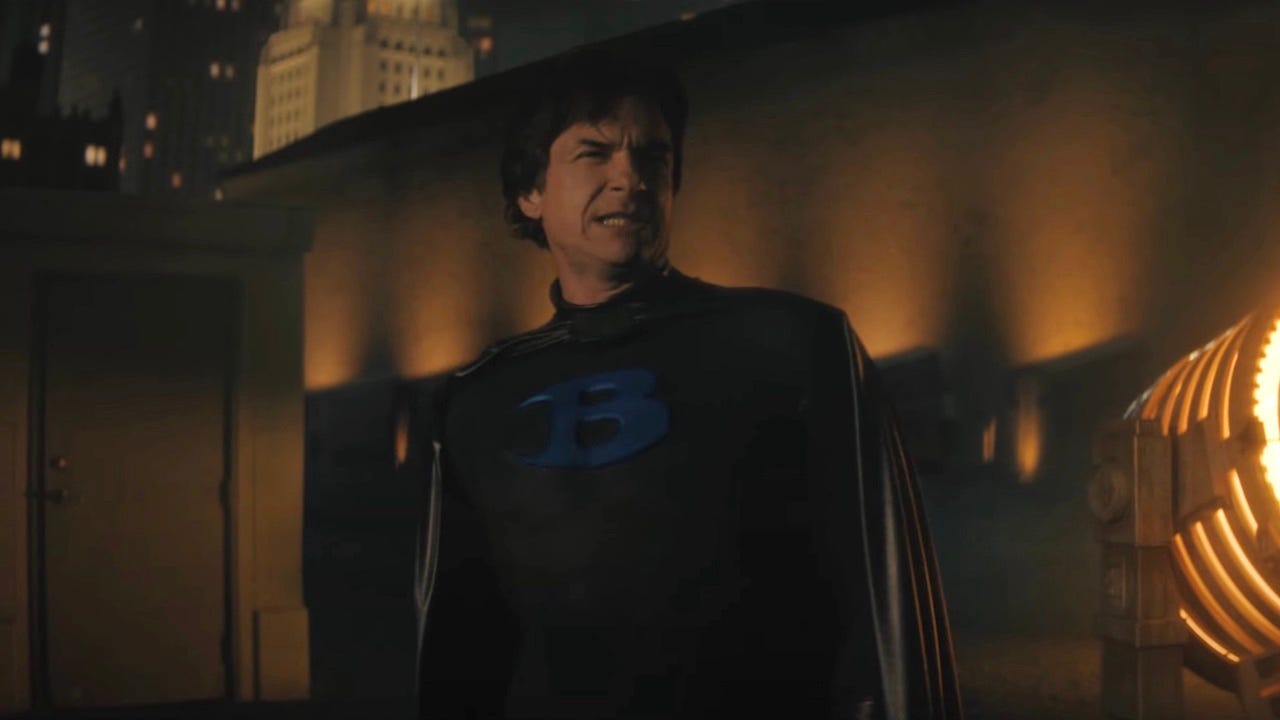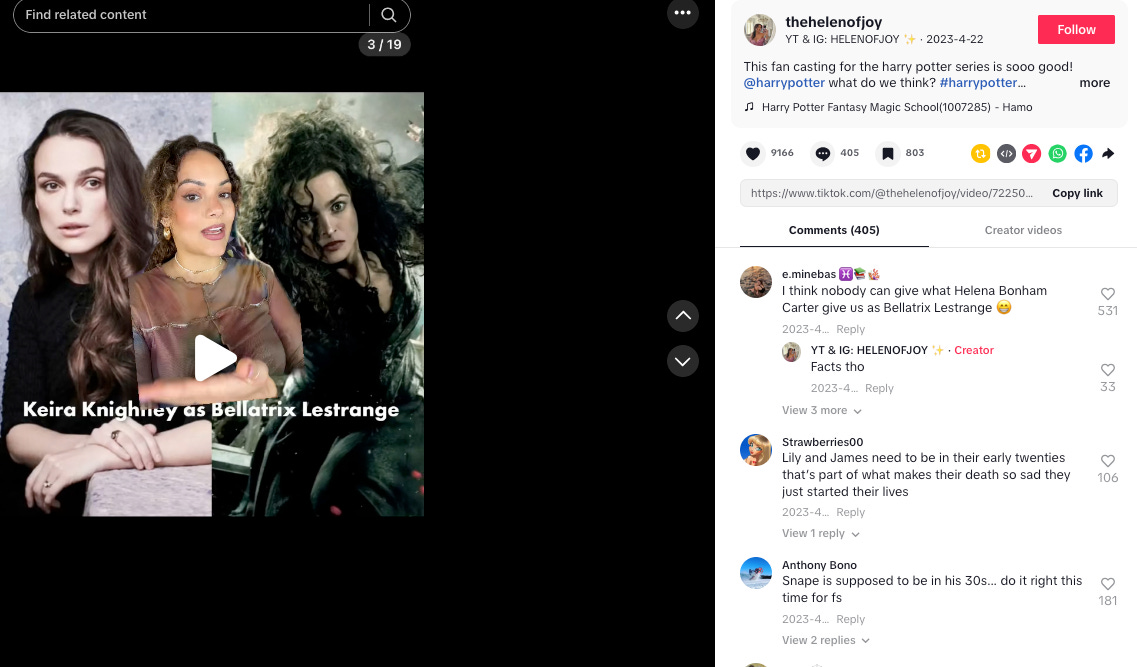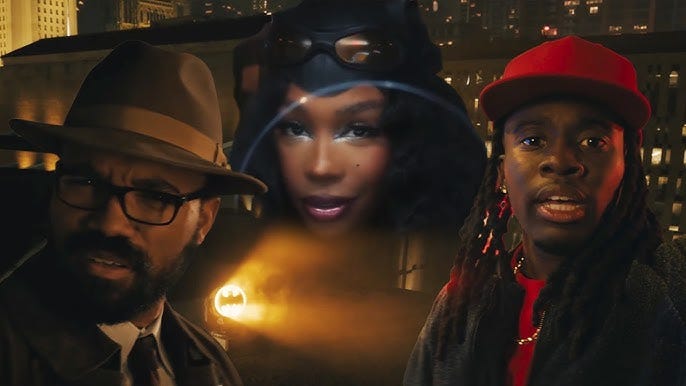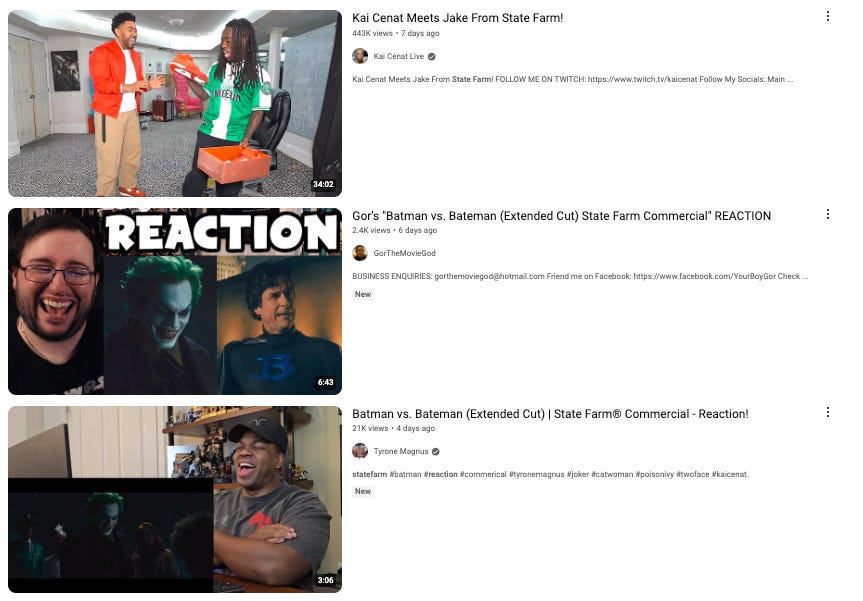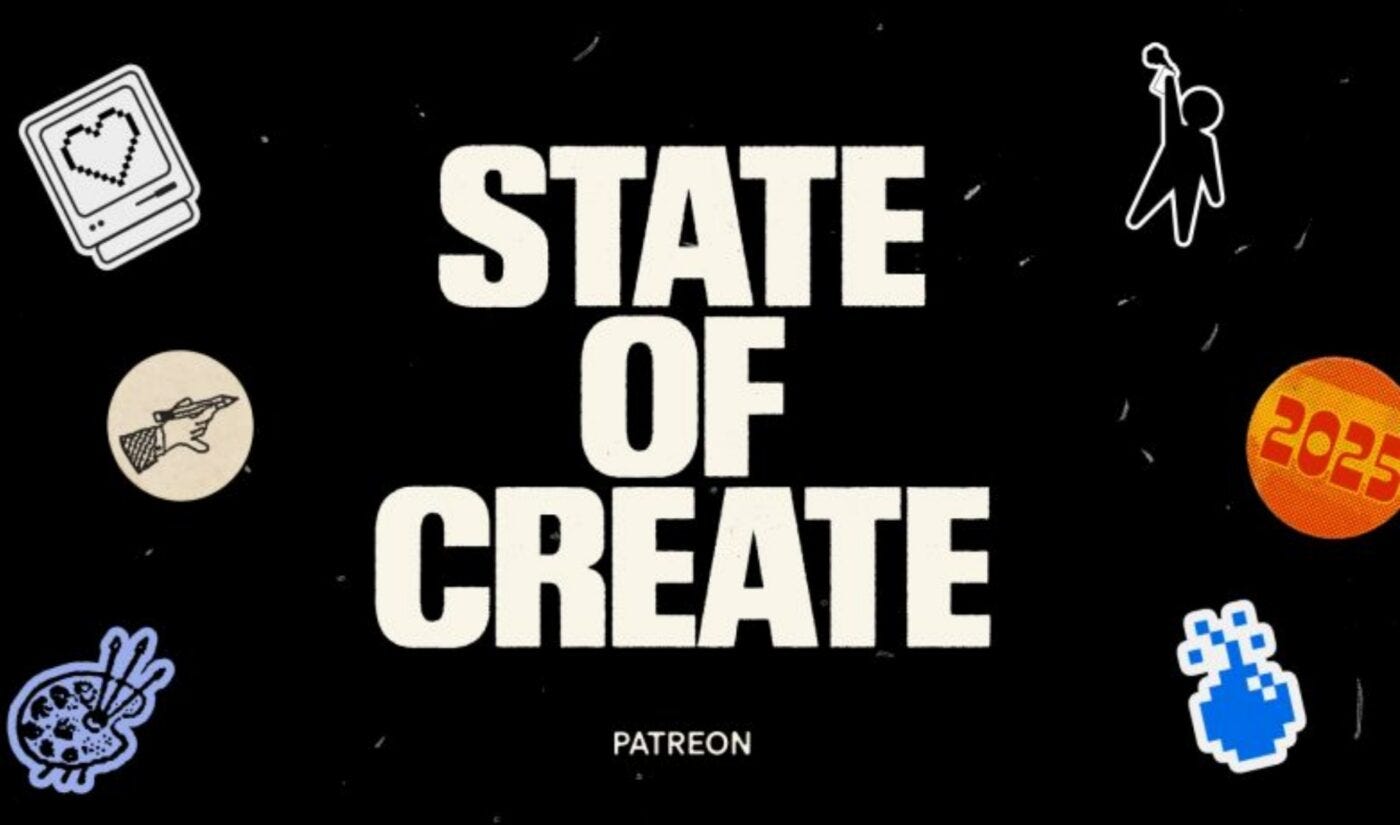#8 State Farm’s Multiverse of Advertising: What Their SZA & Kai Cenat Campaign Signals About the Future of Brand Strategy
We mapped out everything, so you don't have to.
Hello everyone!
Welcome back to Insights by Hybrid Rituals Agency.
Competition in the marketing world is heating up and it’s the established giants making some of the boldest moves. This week, we’re looking into how State Farm transformed a blockbuster concept into a multi-platform viral campaign, proving that even household names can dominate digital culture. From SZA as Catwoman to Jake from State Farm (brand ambassador/mascot) premiering ads on a Kai Cenat livestream, their brand story is being developed.
But they’re not alone. Unilever’s influencer blitz and Microsoft’s AI-powered artistic ventures are further proof that the old guard is setting the pace with innovative, high-impact campaigns that capture audience attention. These brands are investing in cultural relevance, embracing new technologies, and collaborating with unexpected talent to stay ahead of the game. If you’re wondering how brands can stay competitive in this rapidly evolving landscape, you won’t want to miss these insights.
Let’s break down the strategies shaking up the status quo and see what lessons brands can apply to future-proof their brand.
Legacy brands are remixing themselves in real time.
State Farm—one of advertising’s most consistent juggernauts—just dropped a campaign that feels straight out of the internet’s imagination:
SZA as Catwoman.
Kai Cenat as a Gotham City citizen.
Jason Bateman as himself, humorously contrasted with Batman.
Jordan the Stallion as Commissioner Gordon.
Jake from State Farm as the ever-present agent in the chaos.
It’s absurd. It’s slick. And it’s designed to break through every layer of modern media consumption.
From leveraging fan culture and online casting debates to planting their ad rollout across Twitch, TikTok, and reaction channels, State Farm tests the next playbook for advertising in a fragmented media landscape.
Fan-Casting Culture is the New Brand Playground
One of the smartest plays in this campaign? Tapping into the fan-casting phenomenon.
For years, online communities have been obsessed with fantasy casting—whether it’s recasting Marvel heroes, debating who should play the next James Bond, or meme-worthy picks for animated remakes. Think of it as fantasy football, but for pop culture.
State Farm took that exact internet-native behavior and baked it into their campaign.
By casting SZA, Kai Cenat, and Bateman in Gotham-adjacent roles, they created a conversation starter—one that immediately spilled over onto TikTok, Twitter, and YouTube, where people could debate, remix, and add their own takes.
The best part? The campaign became part of an existing one.
Kai Cenat had been running an entire Batman-themed streaming series for weeks prior, meaning this campaign felt like a natural continuation of a viral cultural moment instead of an ad.
The smartest brand campaigns don’t only show up in a feed—they create an entry point for the audience to play along.
A Masterclass in Multi-Touchpoint Advertising
When you look past the actors and focus on where this campaign rolled out, the bigger picture becomes clear. Here is their staggered, cross-platform rollout:
Teased with short clips—Each cast member (Kai Cenat, SZA, Jordan the Stallion, and Bateman) was revealed individually, letting different communities react in waves before the full rollout.
Premiered on Kai Cenat’s Twitch—State Farm went beyond dropping commercials; they let Kai Cenat debut it on stream, ensuring millions of Gen Alpha & Gen Z viewers engaged in real-time. The YouTube repost alone has nearly 462K views.
Made Jake from State Farm part of the stream—By integrating their mascot into the entertainment, they took product placement to a new level, a concept we at Hybrid Rituals have been advocating for months.
Fueled reaction content & UGC—Hundreds (if not thousands) of remixes, reaction videos, and breakdowns have kept the campaign alive.
Extended the hype cycle beyond a Super Bowl moment— Originally planned as a Super Bowl ad, State Farm’s pivot let the campaign breathe, adapt, and sustain engagement longer than a one-night drop.
State Farm effectively stretched one campaign across multiple platforms, communities, and content types—reaching audiences in a way that feels native instead of forced.
The Real KPI is How Much the Internet Does the Work for You
One of the most important lessons from this campaign is how metrics need to evolve beyond black-and-white views on owned media pages.
State Farm wasn’t chasing a single, centralized viral moment. Instead, they created a decentralized, remixable ad ecosystem that:
Generated reaction content across movie, gaming, and influencer communities.
Got picked up by entertainment and music blogs (because SZA is on tour).
Became a topic for comic book pages debating the "best Joker."
Fueled TikTok debates over casting choices.
The reach of this campaign extends past State Farm’s official page numbers and includes organic conversations happening across platforms they don’t oversee.
If your marketing strategy is still hyper-focused on owned-channel views, you’re missing the point. Your audience isn’t sitting in one place anymore. The real value is in how your content gets extended, debated, remixed, and spread.
This is What a Multi-Modal Brand Looks Like
State Farm didn’t only “use social media,” they integrated their message into formats that people are already engaging with. Here are some thought provokers:
Are you “posting on TikTok,” or are you leveraging formats that actually work? (i.e., man-on-the-street interviews, trendjacking, or meme-styled native content.)
Are you treating Twitch like just another platform, or are you actually embedding your brand into live entertainment in a way that makes sense?
Are you thinking about fan-driven storytelling, gossip-style branding, nostalgia cycles, and third-space activations? Or are you still operating under the assumption that digital means ONLY running IG ads and calling it a day?
State Farm inserted an ad break into the new wave of content providers and entertainers—then let their fan bases spread the ad organically.
Rather than simply riding the wave of virality, this campaign shows what it looks like when a brand becomes an active part of the cultural conversation instead of sitting on the sidelines.
A Cinematic Universe
From the staggered reveals to the remixable UGC ecosystem to the surprise cast and character-driven storytelling, State Farm launched an entire universe.
And that’s the real takeaway for brands paying attention.
Don’t treat your campaign like a one-and-done moment.
Design it to be lived in, reinterpreted, and extended beyond your original drop.
Meet audiences where they are, instead of making them come to you.
Ironically, not launching this during the Super Bowl might have been the smartest move of all. Instead of the campaign burning out in a night, it’s unfolding like a series release—with layers of discovery, new reveals, and an expanding conversation.
If a legacy insurance company can execute a campaign this modern and flexible, what’s stopping everyone else?
Unilever Bets Big on Influencers—Is the Competition About to Get Tougher?
Unilever’s new CEO, Fernando Fernandez, is making a bold shift in marketing strategy, increasing influencer partnerships 20x and boosting social media spend from 30% to 50% of its total budget. The goal? Move away from traditional advertising and lean into the trust and engagement influencers bring to their audiences. This move signals that major corporations are catching up to digital with capital backed strategies.
Takeaways
Big players are building Content Machines. The strategies that worked for smaller brands over the past five years are now being adopted—and scaled aggressively—by corporate giants.
Are you staying competitive within your vertical? As brands like Unilever push deeper into influencer-driven marketing, brands that want to stand out need to push beyond best practices—experimenting with new formats, storytelling methods, and audience-specific engagement to stay competitive. If you’re not evolving your content strategy, you’re falling behind.
Microsoft’s “Artifacts” Campaign Highlights AI as a Creative Tool, Not a Replacement
Microsoft’s Artifacts initiative brings together avant-garde artists and AI technology, showing how AI can enhance, rather than replace, human creativity. The campaign has driven notable engagement, collaborations include Bladee & James Ferraro’s interactive digital labyrinth “SANCTUARY,” which reached 142K views on Microsoft’s YouTube, Cuco’s collaboration with Paul Trillo and Paul Flores, which garnered 15K views on Cuco’s personal channel, and Yaeji’s music video with filmmaker Andrew Thomas Huang, which pulled in 82K views. These collaborations provide real-world creative use cases for generative AI, bridging the gap between technology and artistic expression.
Takeaways
Authentic Storytelling Differentiates Artist Collaborations from Influencer Marketing. These creatives bring unique narratives that demonstrate AI’s value in real artistic contexts rather than only as a promotional tool.
Demystifying AI for Creatives. By showcasing tangible, artist-led use cases, Microsoft is unlocking the black box of generative AI, making it accessible, relatable, and valuable for creative industries.
Microsoft’s “Artifacts” Campaign Highlights AI as a Creative Tool, Not a Replacement
Patreon’s State of Create 2025 report highlights a major shift in the creator economy—as algorithm-driven platforms make it harder for creators to reach their own audiences, more are prioritizing direct-to-fan relationships for stability and creative freedom. While short-form content dominates discovery, fans overwhelmingly see long-form as more valuable and are more willing to pay for it, signaling an opportunity for creators who lean into depth over fleeting engagement. With platform dependency becoming riskier, the next wave of creator success will come from building owned communities and diversifying revenue streams beyond traditional social channels.
Takeaways
Algorithmic feeds are making audience reach harder. Over 50% of creators say it’s harder to connect with followers than it was five years ago.
Long-form content holds more value. While short-form dominates social media, fans prefer longer content—and are more likely to pay for it.
Direct-to-fan models are the future. As platform algorithms shift unpredictably, creators are focusing on membership, subscriptions, and community engagement for sustainable income.
Did you know Pizza Hut was one of the first companies to embrace the internet? Here’s a snapshot of this moment in time. What emerging technology will you embrace?
We break down the wins—and the misses—of top consumer tech brands.
Expect deep dives, cultural signals, and community-driven insights that go way beyond the usual GTM playbooks.
Reach out: mo@hybrid-rituals.com
Agency: www.hybrid-rituals.agency
Media Platform: www.hybrid-rituals.com






